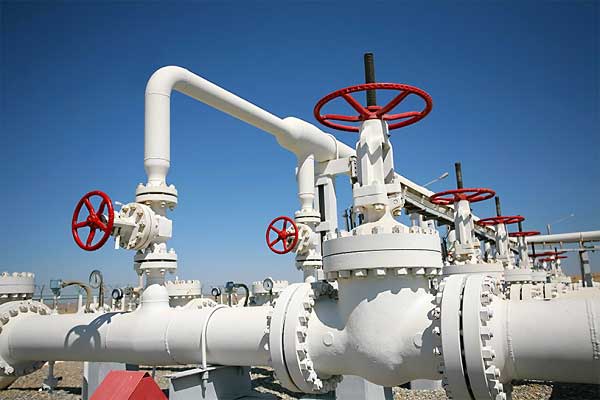 |
Fire-safe Valves |
Fire-safe valves require a method for evaluating the performance of valves when exposed to certain fire conditions. The performance requirements set limits on the acceptability of a valve, regardless of size or pressure class.
The API 607 standard, for example, describes fire tests that apply to quarter-turn valves such as ball valves, butterfly valves etc. and other valves equipped with non-metallic seats.
What is a Fire-safe Valve?
Fire-safe valves are specialized valves designed to prevent liquids and gases from escaping in the event of a fire. These valves are designed to keep functioning properly even under extreme temperatures, preventing flammable substances from leaking and minimizing the risk of fire spread and explosions.
Fire-safe valves are usually installed in piping systems where the process fluids pose a potential fire hazard, and are designed to ensure a reliable seal during a fire.
Operating principle of Fire-safe valves
There are actually two types of leaks that must be prevented when a valve is exposed to a fire accident, namely leakage from the stem and leakage from the seat. Therefore, there are two different methods for achieving a fire-resistant design, as formulated by expert valve manufacturers.
1. Using a fire-resistant component
2. Using a non-fire-resistant component that is supported by a special design that prevents leakage after the components have melted in the event of a fire accident.
The first proposed design method is the use of fire-resistant components, which are usually referred to as inherently fire-resistant valves.
The second proposed method is the use of non-fire-resistant components, which are usually referred to as fire-tested valves.
Fire SAFETY valves
Fire safety valves are a relatively new development in the field of industrial fire prevention and are basically designed to prevent a fire from spreading if the fuel valve is damaged and a leak occurs.
These valves are essentially spring-loaded valves that are thermally activated and automatically close in the event of a fire, stopping the fuel supply from an engine.
The advantages of using these valves include the protection of human lives, lower insurance premiums, and the protection of equipment and buildings in which they are installed.

Types of valves used in Fire-safe applications
Under scorching high temperatures, it is necessary to use metal constructions for the valves. The main valve types that are suitable for Fire-safe applications are gate valves and globe valves due to their metal-to-metal seat.
Quarter-turn valves with soft seats include ball valves, plug valves, and butterfly valves. All manufacturers of quarter-turn valves with spindles use two types of valve seat designs to ensure both airtight sealing during normal valve operation and fire safety.
In the first system, for Fire-safe ball valves, a metal seal is typically created when the floating ball moves downstream and comes into contact with a machined surface in the housing that matches the shape of the ball.
The second system, typically used by some suppliers and manufacturers of high-end butterfly valves, does not rely entirely on total seat burnout, as a resilient seat and a metal seat primarily come into contact with the disc simultaneously.
If the valves have a two-piece or three-piece design, extra attention must be paid to the sealing materials of the housing to prevent serious leakage during a fire.
Butterfly valves typically use a rigid disc and spindle connection where the sealing material consists of graphite due to its ability to withstand higher temperatures of 700°C.
The one-piece design of virtually all high-quality valves ensures that leakage from the housing seal is efficiently prevented.
Standards for Fire-safe valves
As a kind of pioneer, the American Petroleum Institute (API) has developed fire tests for valves used in the oil and gas industry, and is considered the leading standard.
After years of refinement, the following standards are now widely accepted..
- API 607 Fire Test for Quarter-turn Valves and Valves Equipped with Nonmetallic Seat
- API 6FA Standard for Fire Test for Valves
- ISO 10497 Testing of valves - Fire type-testing requirements
- BS 6755-1/2 Specification for fire type-testing requirements
- BS 5146-1/2 pection and Test of Valves
All have been accepted as standards for fire testing of valves.
Many organizations use these standards as the basis for their internal procedures for Fire-safe valves. A generally accepted firefighting strategy states that if a fire is not under control within half an hour, a retreat and containment policy is implemented.
Related Post(s)

The pressure class is a guideline and dimensionless number to define the pressure and temperature values at which valves of any type of valve can operate...